If you haven’t added a gas stabilizer to your car before months of not driving, then when you get back into the driver seat for that first time after all this time, it could be unpleasant. Adding fuel additives to old gas can help protect your vehicle's engine from harmful effects. But what are the best additives to add to old fuel? Below we have listed the top choices we've found of fuel additives to use!
Here are some of the top fuel additives for old gas in a vehicle:
- Star Tron Enzyme Fuel Treatment.
- STA-BIL 22214 Fuel Stabilizer.
- Sea Foam RV SF-16 Liquid
- STP Ethanol Fuel System Treatment
- Lucas Oil Fuel Stabilizer
If you’re looking to keep your car running for as long as possible, fuel stabilizers are the way to go. Additives can be used in gas stored in containers and smaller machines like chainsaws and snowblowers! This article will look at old gas sitting in a car and its effects on engine performance.
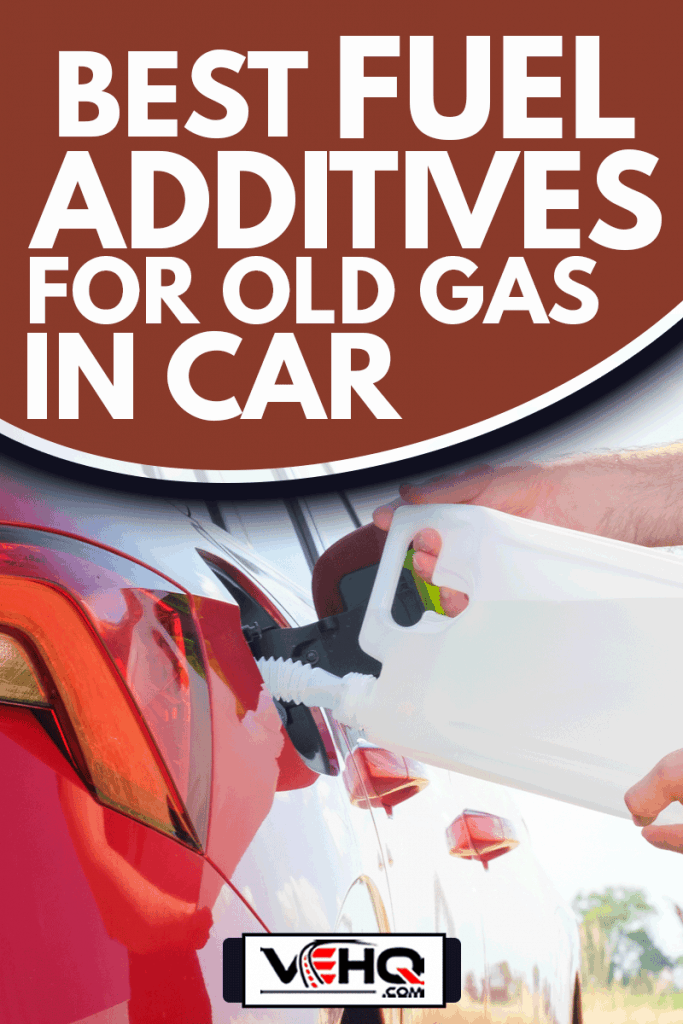
Best Fuel Additives For Old Gas In Car
Old gas is a common fuel for breakdowns due to the process of evaporation which occurs over time. Gasoline additive products can be used to help prevent or slow down this harmful phenomenon and protect your car's engine from old gas sitting in the tank for too long.
One of the most effective enzymes on the market today is made by Star Tron. It has the capability of breaking down gums and emulsifying water in your fuel system, all while getting rid of old gas leftovers.
This enzyme-based cleaner is proven to be safe for use with every type of engine or machinery that requires gasoline to run, including heating systems, generators, and lawnmowers, for example.
Star Tron Enzyme Fuel Treatment
Using the Star Tron Enzyme Fuel Treatment is a good way to clean your old gas. This additive can help replenish the gasoline so that you can use it for longer periods of time.
In addition, the enzyme will help break down the gum and varnish that builds up in the engine. This will also help break down any deposits that may occur in the fuel lines.
Click here to see Star Tron on Amazon.
STA-BIL 22214 Fuel Stabilizer
STA-BIL 22214 Fuel Stabilizer is a popular product for cleaning up old fuel leftovers in the engine. It does this through special enzymes, which are designed to break down deposits and gums.
This stabilizer works best with ethanol-blended fuels, but it can't be used with E85 or M85.
Click here to see STA-BIL on Amazon.
This company also has a product specifically for E85 fuel, so when in doubt about whether or not your car can handle it, check the label before adding the liquid to your tank.
This is another popular choice for keeping your car running smoothly and safely during storage, and one container will last for up to two years when used properly.
Sea Foam RV SF-16 Liquid
Sea Foam RV SF-16 Liquid is a specialty additive with many uses in addition to fresh or old fuel. It can be used in engines, transmissions, and wheel bearings and is proven to dissolve and remove water from your fuel system.
This product is versatile, and you will likely find many uses for it around your car and home.
Click here to see Sea Foam on Amazon.
STP Ethanol Fuel Treatment
STP is another versatile additive that works well with older fuel sitting in the tank for a long time. It cleans up varnishes and gums, prevents corrosion, and can be used as an engine treatment, fuel stabilizer, and oil enhancer.
Click here to see STP on Amazon.
Lucas Oil Stabilizer
Lucas Oil Stabilizer is an impressive product used during storage and clean-up after old gas has been left sitting for too long.
It's not a common enzyme like the previously mentioned product, but rather it contains extreme-pressure components that work to eliminate built-up varnish and gum deposits within the engine.
Click here to see Lucas on Amazon.
All of these products offer exceptional service for your engine, but it's important to note that none of them are guaranteed to work on every make or model.
Therefore, it's often best to consult with a mechanic before using any product during storage or engine or fuel system issues.
Can I start a car with old gas?
Depending on how long the gas has been sitting will determine if the car will start or not. The gas in your car begins to lose its combustibility after being stored too long.
Pure gasoline lasts for three months, while ethanol-gasoline blends last two or three months.
If you use a fuel stabilizer in your gas, then the life of that gas can be extended. If it is going to be less than three months after going into storage, it's recommended to add some fuel stabilizer.
Any car that has sat for more than six months may have problems with starting up again because the gas has spoiled.
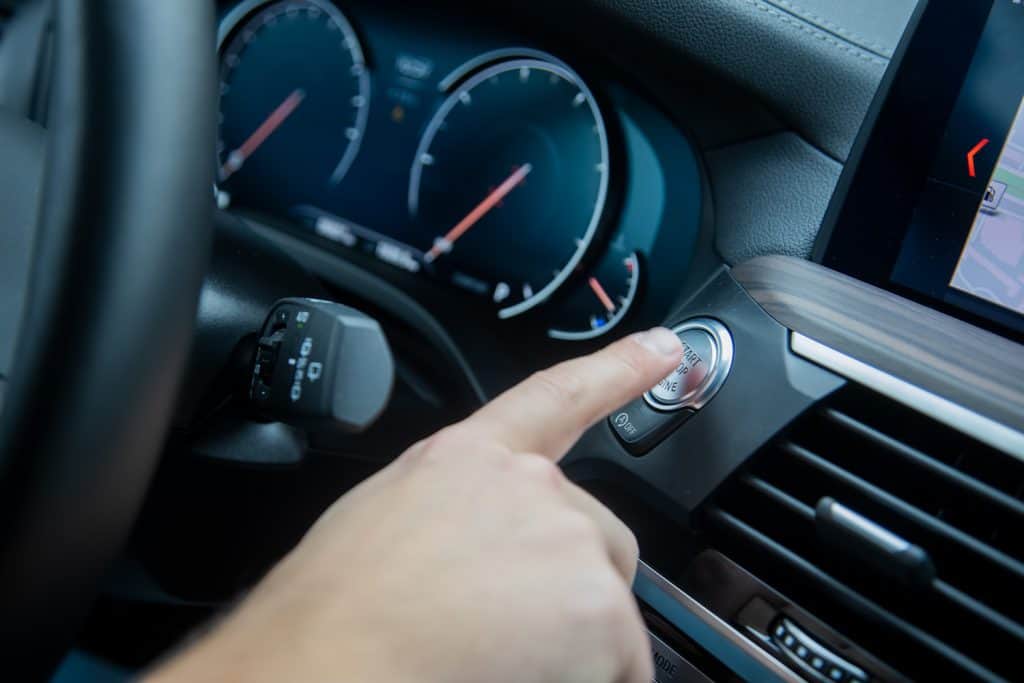
Can old gas ruin an engine?
Using old gas can cause problems for your engine. For example, it may form a gum residue that could block up fuel lines, or it might even corrode parts of the car's system due to water vapor in ethanol gasoline.
If you are adding a stabilizer, then the engine should be fine. However, if you are not using one of these products or have allowed old gas to sit in your car for too long, this may lead to more damage to your engine.
How long can gas sit in a car?
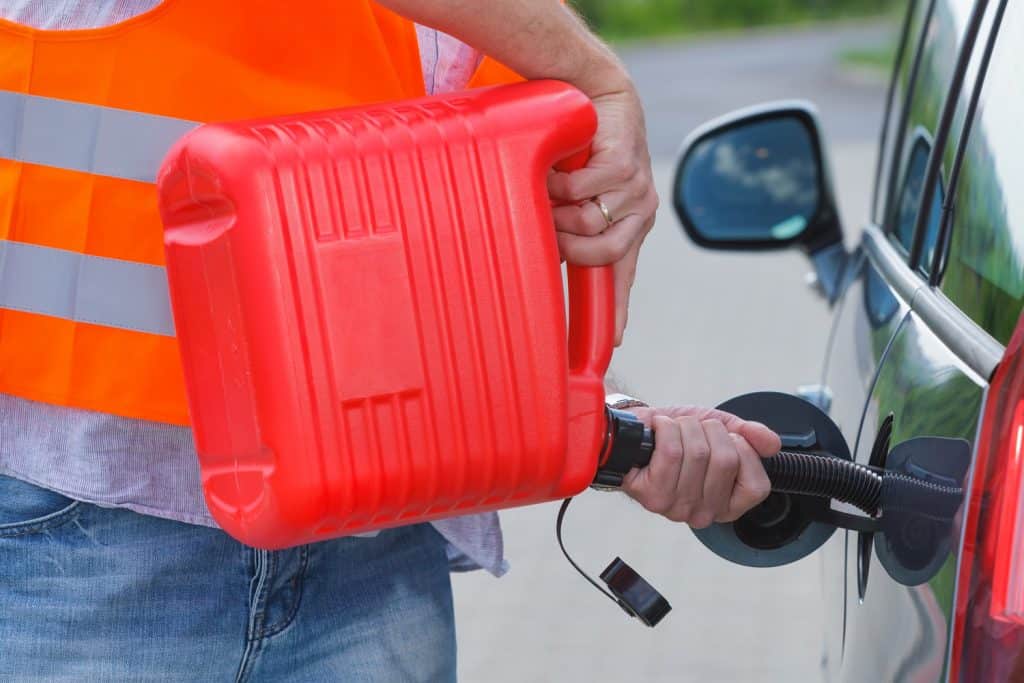
No matter what type of fuel you use, they won't last forever. For example, gasoline has a shelf life between 3-6 months, and diesel lasts up to 1-year before it begins to degrade.
On the other hand, organic-based Ethanol can lose its combustibility in just one month due to oxidation and evaporation.
Proper labeling, storing, and knowing how long it takes for gasoline to go bad is your first line of defense against using fuel that's too old.
When in question, check the color compared to fresh gas as well as its smell. As gasoline ages, it tends to darken and will have a sour scent if past its prime.
How can you tell if gas is bad?
The easiest way to tell if gas is bad is by checking the color. Fresh gasoline has a clear to a light yellow hue.
Over time it will darken and turn brown or even black in extreme cases. It may also have sediment at the bottom of the container, indicating that it's been sitting for too long.
If your car seems to have lost power while driving, especially during acceleration, you could have bad fuel. Bad gasoline can look and smell different from regular gas if it's gone sour or rancid.
Also, bad gas will appear darker with a disagreeable odor not typical of normal fuel so watch out for those signs!
Bad gas can also corrode the tank and fuel system, cause engine damage, produce a gummy residue that creates blockages in your line. Luckily you're able to drain bad gasoline using these steps:
- First, remove the cap on top of the gas tank.
- Then disconnect/unscrew any hoses or connectors attached to it. Using some container with an open mouth big enough for your siphon hose is necessary, too, so make sure this is nearby before proceeding further!
- Siphoning must be done carefully, do not rush anything while doing so. Also, air pockets are widespread when filling up at service stations, which could lead them back into your filler neck if there's nowhere else to go during the draining process.
- Once your siphon has been attached to the filler neck and securely in place, slowly suck on the hose. Once the gas level drops below 1/2 tank, stop sucking and disconnect it from your car's filler neck by detaching any connectors you might have.
- Using a small funnel, add fresh fuel bit by bit into your tank. Doing it this way will allow you to monitor the fuel going into your tank if there's a problem, which would give you time to stop before any further damage is caused.
- If everything goes well and no problems occur, you're all set. Just add a gas stabilizer if possible at this point to prevent any future issues with gasoline going bad.
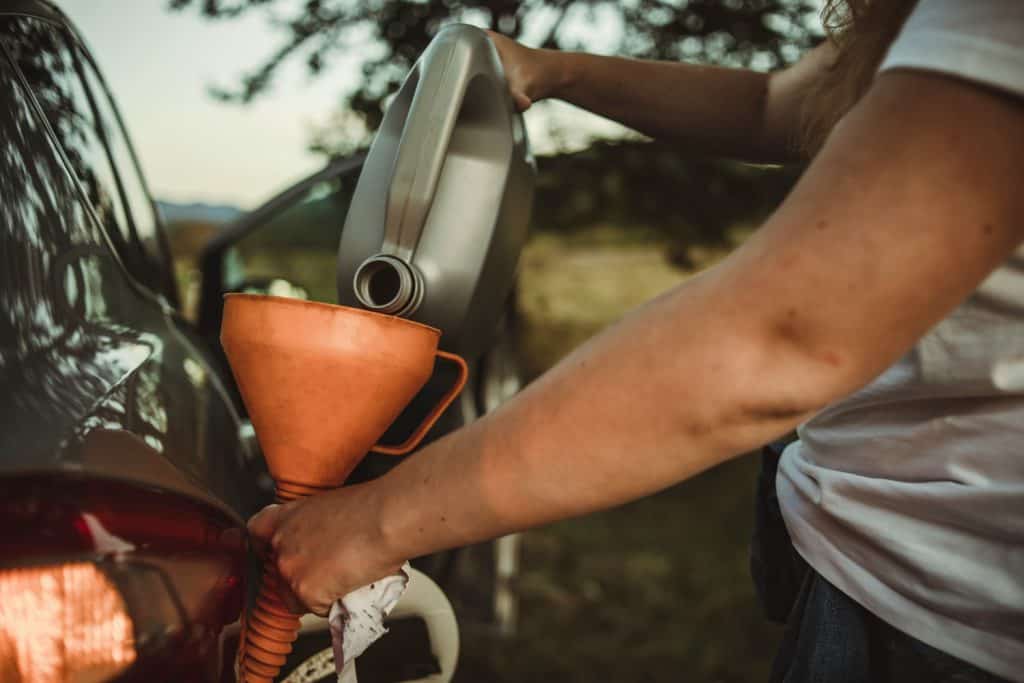
Is one-year-old gas still good?
Even though gas starts degrading from the get-go, most of it is still fresh for a month or two without issue.
However, gas sitting for more than 2 months to a year can start to cause problems. Be aware of issues like engine knocking, sputtering, and clogged injectors.
Final Thoughts
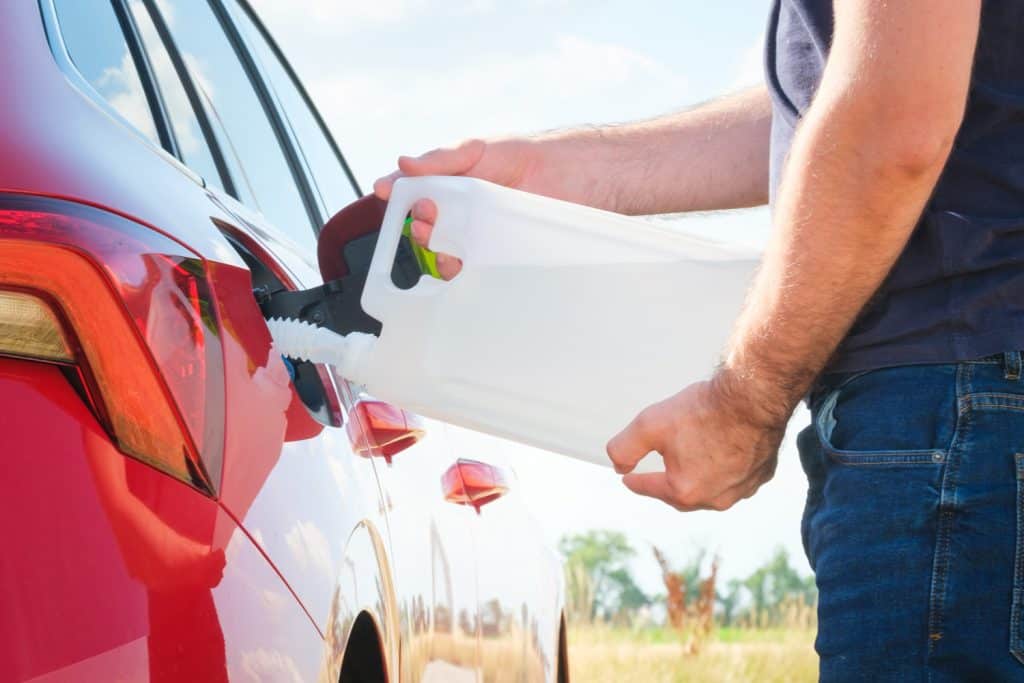
Since gasoline consists of many different chemicals, it's important to treat your fuel with a stabilizer right away. This will stop oxidation, which causes aging issues apart from keeping water out by coating it inside all metal parts.
Different kinds of gas have different shelf lives before they go bad. Check your owner's manual for the proper time frame.
If you enjoyed this article, you should also check out:
What Kind Of Gas Does A GMC Savana Take?
How To Open The Gas Tank On A Hyundai Palisade
How To Use Fuel Injection Cleaner
What fuel additive do you use for old gas? Leave us a comment below!





